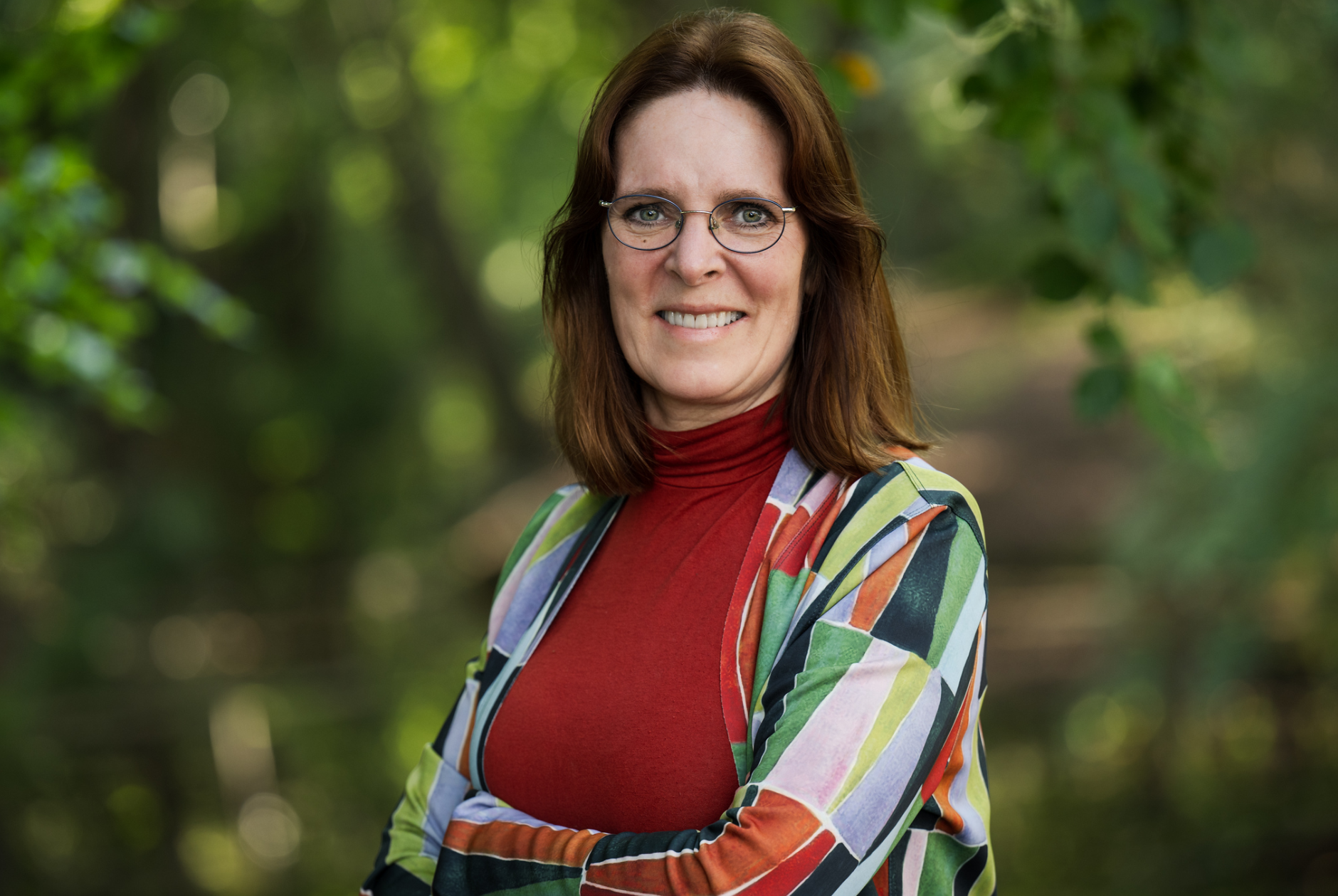Trade or Aid? Redefining Europe’s Role in a Multipolar World
A new multipolar world order puts trade above aid. Sophie Punte, CEO of Life-Links on how the EU should leverage supply chains to combine trade with aid, boost competitiveness, and keep our SDGs and climate goals within reach.
Development aid is in decline. In 2023, government official development assistance or ODA reached a USD 223.7 billion record high, with the EU collectively at € 95.9 billion and the U.S. at USD 68 billion in the lead. But this is changing. As global economic growth is weakening and wealth and power accumulates in the hands of fewer individuals and corporations, people feel increasingly uncertain about their futures.
oliticians have responded with protectionist and domestic policies intended to benefit their voters directly and in the short term. In exchange they are, among other things, sacrificing ODA. The most extreme example of this is President Trump’s crackdown on U.S. aid programs. The new administration has frozen foreign aid, placed USAID staff on indefinite leave and repatriated most USAID staff working overseas.
But Trump isn’t alone. The same thing is also happening in the EU especially with right-wing and anti-establishment parties gaining ground. The current right-wing government of the Netherlands cut 70% of international aid, citing ‘own people first’. In addition, more aid is shifting from grants to loans and from poverty reduction to climate finance (in order to meet the promise of USD 100 billion annual climate finance), leaving developing countries with higher debts and poorer people.
In parallel, we see an accelerated shift from a multilateral to a multipolar world, long wished for by China and Russia, but now also supported by the U.S. In practice this means that the shared rules around territorial integrity, international law, trade, and protection of small nations and minorities, are no longer a policy priority.
Instead, a few centers of power will call the shots. This plays into the hands of autocracies and is bad news for democracies, including the EU. Other countries will avoid taking sides or will become ‘swing states’ depending on what works best for them. “The EU will be caught between USA and China – and unless we take drastic action, it will come at the expense of our welfare,” argues professor Kjeld Erik Brødsgaard of the Copenhagen Business School.
European Commission President Ursula von der Leyen in her recent Davos speech warns about this change: “Our values do not change. But to defend these values in a changing world, we must change the way we act.” One of EU’s priorities will be to strengthen its competitiveness. Early in February, it launched a new Competitiveness Compass in response to the five key recommendations of former Italian PM Draghi’s report: take on common debt, reduce dependence on China, boost innovation, focus on own industry, and reform decision-making.
Beyond leadership in international climate negotiations and clean trade and investment partnerships, the compass didn’t say much about how the EU plans to marry this new agenda with its relationship to emerging economies or with development aid. Yet the importance of development aid as a soft power is clear to most, even conservatives.
U.S. Republican Senator Lindsey Graham of South Carolina admitted that “If you don’t get involved in the world and you don’t have programs in Africa, where China is trying to buy the whole continent, we’re making a mistake.” I’m also not convinced that combining anti-migration and aid agreements, such as the €7.4 billion deal with Egypt will be sustainable if the continued mistreatment of migrants go unchecked.
I return to the vision behind my organization, Life-Links. The NGO is dedicated to making supply chains a force for trade and aid, in this context by leveraging the shared interest of the EU and its trade partners to enhance the climate-resilience and sustainability of key trade routes.
As McKinsey’s global trade 2025 update points out: every region depends on trade. Europe is a net importer of minerals, energy, grains and oilseeds, electronics and basic metals. If the EU were to pick supply chains that link it to developing countries, it could combine trade with aid for both climate action and poverty reduction. As long as the ‘what’s in it for us’ box is ticked, support from EU citizens, businesses and parties across the social and political spectrum is more likely. This would allow Europe to redefine its role in a world that is multipolar, with a fast-growing Global South. This would protect our core values of sovereignty, security, prosperity and democracy.
Finally, make sure to include businesses in shaping and implementing this idea. The UK government has understood this. It has allocated £100 million in seed funding for businesses focused on tackling poverty and climate change, as opposed to direct ODA. Its aim is to unlock 4-6 times private sector investments. Can the EU do this too? We should certainly try as it perfectly fits with the Competitiveness Compass!
(Thanks to Karl Wright for edits and suggestions)
About Life-Links
Life-Links was founded by Sophie Punte together with the Kuehne Climate Center. It’s dedicated to mobilizing industry, the development community and other stakeholders to co-invest and collaborate in making critical logistics links in their supply chains more resilient to climate disruption, while reducing GHG emissions and enhancing sustainability at the same time. www.life-links.org
